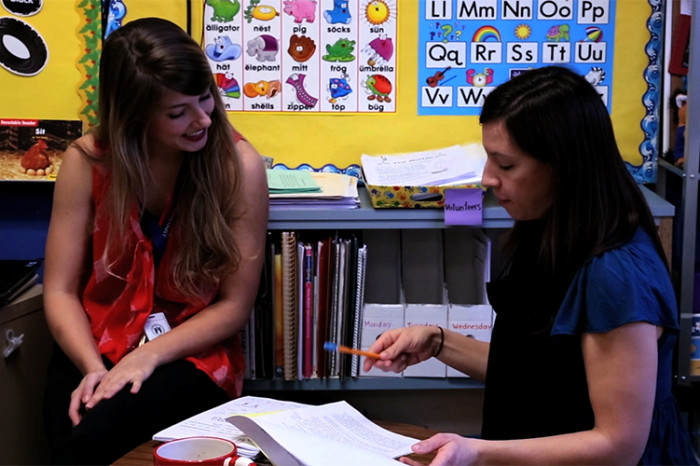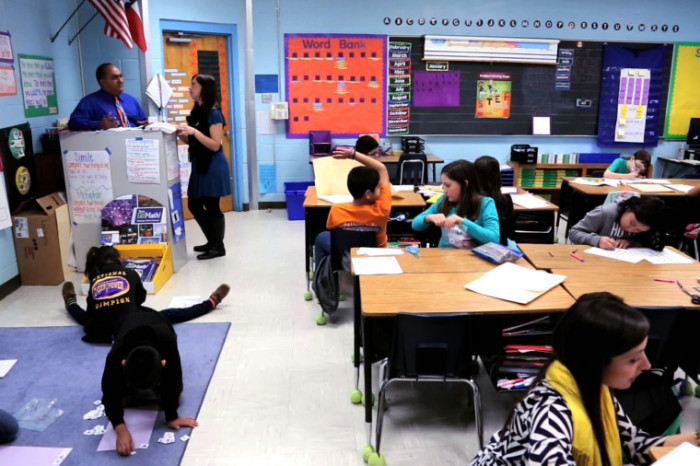As a recent volunteer at a Girls in STEM Conference for 4-8th graders, I met two engineers from the 3M Company. One engineer develops glue formulas to serve different purposes and the other, as she put it, “breaks her precious glue inventions” (referring to her colleague). A glue maker and a glue breaker!
“The making and the breaking is cool,” she continued, but what we really enjoy is what we learn from the making and breaking.” As it turns out, a glue that fails can yield discoveries and innovations every bit as great as those that succeed. Because of this, a failure can be equally or even more important than the glue that passes muster. So, these engineers keep copious notes and data. Often when working on a new problem, they go back to their “failures” as a place to start. The contrast to our work in education are rich indeed. We constantly test new programs and ideas but we rarely learn from them. How can we, in education, embrace such scientific processes so that no failure is wasted?
Between 2011 and 2015 the Austin Independent School District (AISD) engaged in an initiative called Building a Teaching Effectiveness Network (BTEN). It focused on applying the principles of improvement science to the daily challenges we face in our schools. Our BTEN teams received intensive support, coaching, and training from experts in both education and improvement science as we worked to improve our feedback and support systems for novice teachers. Data we gathered in the form of surveys, interviews, meeting logs, and Plan-Do-Study-Act (PDSA) trackers suggest that our district made great gains on what we set out to improve while at the same time learning how to improve.
Often when working on a new problem, they go back to their "failures" as a place to start.
In a world of complex systems, precious little time for reflective learning, and a culture of isolation, it isn’t always easy to apply improvement science. But this work matters and has made an impact. Over the last 4 years, much like the engineers I met, we’ve become glue makers and glue breakers. We realize now that our greatest gains do not come from wholesale implementation of someone’s new program or even from the typical analysis of that work. They emerge from the know-how that occurs when engaging the entire process in a manner that is disciplined by improvement science.
To learn more about the Austin ISD BTEN work, read the AISD BTEN report.
Josefina Hughes is a professional learning specialist in the Austin Independent School District and the former district BTEN facilitator. In BTEN she worked directly with campus improvement teams and their facilitators during the 2012-2015 school years.
November 3, 2015
Under Chancellor Nancy Zimpher the State University of New York is aiming to educate more people and educate them better. To reach this goal they are using improvement science to generate system-wide change.
November 6, 2015
Data mining is a powerful tool being used by educational institutions to support student success, but often students do not know what data are being collected and how their privacy is being protected. This post explored the tension between privacy and data mining.









